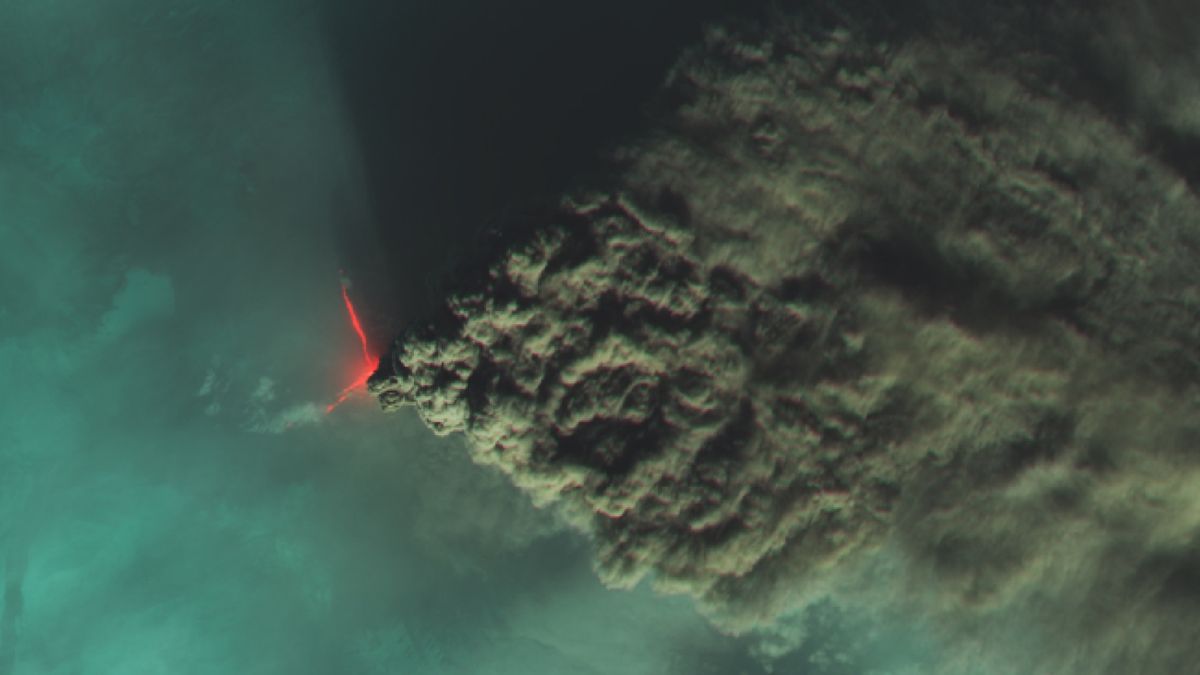Now Reading: Russian Volcano Erupts, Forms ‘Devil Horns’ and 1,000-Mile Smoke Trail Seen from Space
-
01
Russian Volcano Erupts, Forms ‘Devil Horns’ and 1,000-Mile Smoke Trail Seen from Space
Russian Volcano Erupts, Forms ‘Devil Horns’ and 1,000-Mile Smoke Trail Seen from Space

Speedy Summary
- Event: Eruption of Klyuchevskoy volcano,Russia.
- Feature Image: NASA Aqua satellite captured twin lava flows resembling “devil horns” alongside a 1,000-mile-long smoke plume.
- Location: Kamchatka Peninsula, Russia; coordinates: 56.050698, 160.6463962.
- Height & Reach: Plume extended 7.5 miles (12 km) upward and stretched across the Pacific Ocean over 1,000 miles (1,600 km).
- Visual Details: False-color image highlights the lava using infrared radiation; eruption clouds given a blue hue for contrast.
- Volcano statistics:
– Height: Stands at 15,597 feet (4,754 meters),taller than any volcano in Asia or Europe.
– Activity: Over 60 eruptions in the last century; erupted at least 18 times as the year 2000. Current phase began April 2025 (reduced activity by May).
– Surrounding Volcanoes: Part of six nearby active volcanoes formed within the last 10,000 years along Kamchatka’s Ring of Fire hotspot.
Indian Opinion Analysis
India can glean critically important scientific perspectives from this volcanic eruption along Russia’s ring of Fire. While situated far from Indian territory geographically and geologically-India lying on a stable tectonic plate-the eruption demonstrates how interconnected global systems like air traffic and atmospheric health can be impacted even by distant geological events.
This event also holds lessons for India’s advancements in Earth observation technology and disaster management preparedness. Wiht similar regions prone to earthquakes closer to India-such as South Asia-it is indeed imperative to scale up monitoring systems akin to NASA’s satellite observations to help predict environmental consequences proactively.
Lastly, it reiterates Earth’s geological dynamism along major fault systems-a relevant reminder for India’s scientific community working on risks associated with himalayan Plate convergence zones due to similar tectonic activities.
Images Accompanying This Story:
!Twin lava flows during Klyuchevskoy’s eruption
!Klyuchevskoy surrounded by snow-covered volcanoes
























